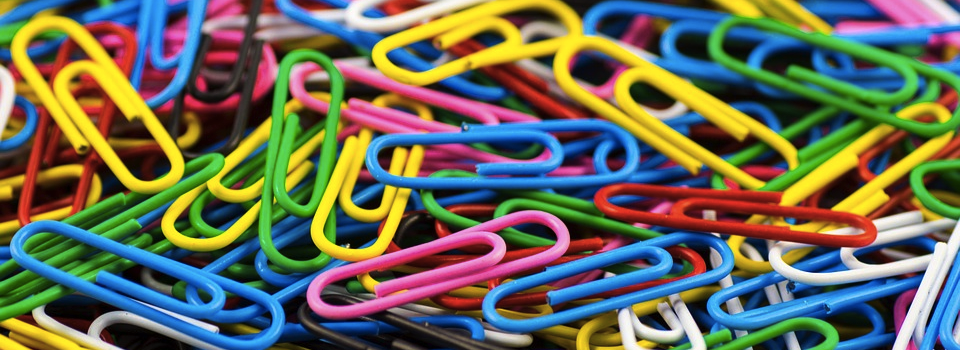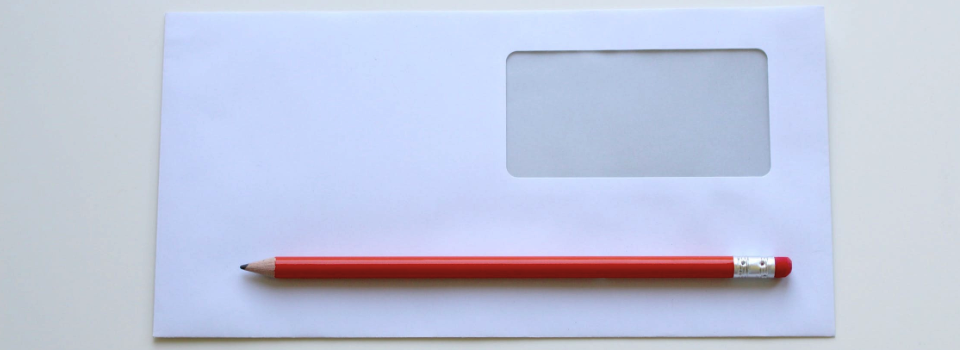After updating to macOS Sierra, some users are discovering that email attachments are no longer working correctly in their Apple Mail app.
macOS Sierra users have been reporting a wide range of strange behaviour with Mail accounts that are configured for IMAP access, but some of the most common issues include:
- The paperclip icon appears next to emails as normal, but the attachment disappears as soon as you open the email.
- All email attachments you received before installing Sierra have vanished from your inbox and/or ‘Sent’ folder.
- All email attachments received before you updated to Sierra are working as expected, but you’re not receiving any new email attachments.
- Email attachments initially appear to be working correctly, but they disappear as soon as you reply to the email, or attempt to move the email to a new folder.
- You cannot open any documents that are attached to encrypted emails.
If you’re experiencing any of the above issues, then don’t panic: this is just a display bug, so all of your attachments are still in your inbox, you just can’t see them! In fact, if you log into your email account via iCloud Mail then you’ll be able to view and access all of your email attachments, as normal.
In this article, I’m going to share a technique that can resolve a huge range of bugs, errors and general strange behaviour you may encounter with the Apple Mail app – including the email attachment display error that so many Sierra users have been complaining about.
Rebuild your inbox
“Rebuilding your mailbox” may sound complicated, but it’s a fairly straightforward process, where the only potential complication is how time-consuming and data-intensive some rebuilds can be.
Rebuilding your inbox requires Mail to delete and then redownload every message from your mail server. If you have a large number of messages in your Mail account, or regularly exchange particularly large attachments, then a rebuild may take a few hours or, in more extreme cases days.
Before you start a rebuild, it’s a good idea to take stock of just how many messages Mail is going to have to download, and consider whether you should take steps to reduce this number. For example, you could empty your Spam, Trash and Junk folders, and may even want to consider emptying your Draft and Sent folders, too.
You should also bear in mind that redownloading a large number of messages can take a significant amount of bandwidth, so you should only rebuild when you have access to a stable, reliable Internet connection that isn’t capped. If you’re at a venue that charges based on how much data you consume, or you’re sharing your mobile data with your Mac via a hotspot, then commencing a rebuild could potentially incur you additional charges – in these scenarios, you may want to wait until you’re back home, and have access to your unlimited home Wi-Fi before starting a rebuild!
When you’re ready to rebuild your inbox:
- Launch the Apple Mail app.
- In the left-hand menu, select your Inbox.
- Select ‘Mailbox’ from the toolbar, followed by ‘Rebuild.’

- A ‘Downloading messages…’ progress bar should appear in the bottom-left of the Mail application. Wait until Mail has finished redownloading your messages – depending on how many messages it needs to download, this can take anywhere from a few seconds, to hours, or occasionally even days.
- Select ‘Mail’ from the toolbar, followed by ‘Preferences…’
- Select the ‘Accounts’ tab.
- If you have multiple accounts linked to this app, then select the account where you’re experiencing problems.
- Open the ‘Download attachments’ dropdown, and select ‘All.’

- Close the ‘Preferences’ window and take a look at your inbox – your email attachments should now be visible and functioning normally.
Is the problem limited to large attachments?
If the problem seems to be restricted to very large attachments, then it’s possible that you’re not experiencing a bug, but instead your Mail app is setup to receive large attachments via Mail Drop.
By default, whenever someone with an iCloud account attempts to send you a very large attachment, Mail will send this attachment via Mail Drop, which means the email will contain a URL, rather than the attachment you might have been expecting.
To check whether your Mail account is setup to receive large attachments as URLs:
- Launch your Mail application.
- Select ‘Mail > Preferences….’ from the toolbar.
- Select the ‘Accounts’ button.
- In the left-hand menu, select the account you’re having issues with.
- Check whether ‘Send large attachments with Mail Drop’ is selected. If it is, then you can disable this feature by deselecting its accompanying checkbox.






Add Comment